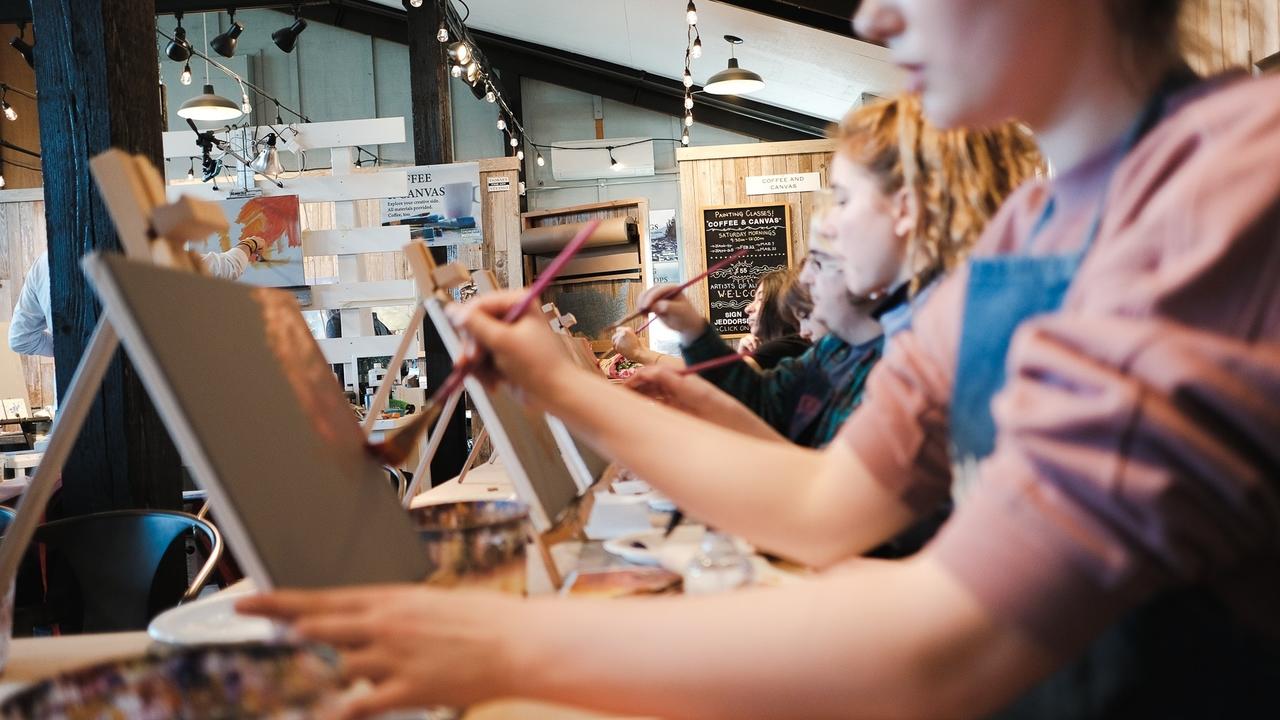Reference Photos are the X Factor of Painting - Here's Why

Reference photos are a seriously underrated aspect of painting. I often get asked the questions "What makes a good reference photo?"
Whenever I get asked this question by students I always answer, "It comes down to design."
When I'm looking at a photograph, there are a few design elements that are pretty well known. There's the design element like an "S." There is one large object on one side and a small object on the other side. There's the tunnel idea. Design is very important.
When I see somebody pick a picture that I don't think would be good, it's usually because they have a really strong emotional attachment to it. They love it because they love the object. It might be their garden or something in their garden. But the composition of the painting doesn't make sense.
So, when I'm looking at a student's photographs and I think it's a bad photograph to paint from, that's pretty much the only thing I'm thinking about. I'm thinking about the design, and asking myself "Where am I supposed to look?" If I don't really see something in the photograph that makes sense design-wise then the person needs to do thumbnail sketches.
You need to figure out if you really want to paint something. Your photograph matters a lot. Your reference material matters a lot. And if you don't have really good reference material, then you need to do a thumbnail sketch. You need to do several, and figure out how are you going to design that painting so that it's dynamic and so people will look at it and see what you really want them to see.
But that's the general principle. That's the root of what I think about when I'm looking for something to paint. When I'm painting outside, you'll see me hold up my hands like this all the time.

I'm trying to see what the scene looks like? What if I move the subject matter over to the side? What if I made the rectangle more like this? I'm always thinking about design because that's the most important thing, in my opinion, in making a painting work.
I would take your photographs that you want to paint and use an editing photo program. Any program that you have. You can crop the image, or change stuff on the photograph. That's what I do often. I might have a photo that I really like but it might need to be adjusted. I might need to move something and sometimes that can be done in a program. I can crop it down and it moves the center of interest to a better location in the design.
Look at the overall feel of the photograph. See if you can visually start training your eyes to see what would make it more compelling and more interesting for you and for the viewer.
There's a lot of rules out there about design and a lot of different ways that you can think about it. You have to learn some general principles and then when you know those general principles, it can help you make some decisions. The photo needs to make sense. If you mess around with photographs and crop them and shape them you will train your eye and your mind will start recognizing things that are more compelling, and beautiful. You will recognize better designs. Not just just simply taking a photograph and painting it exactly as it is.
Also, most of the time, if we just grab our phone or if we just have a normal camera, we just take a picture and everything that it pulls in is in focus. But that's not the way that our eyes work. Our eyes focus on one thing. I'm looking at a lamp over there and the lamp is in focus. The very area that I'm looking is in focus, but in my peripheral vision, it's not as focused. I know it's there, but I can't describe in detail what's out there, except from memory. But I can see the lamp, and I can see every detail over there.
It's the same thing with a photograph when we're trying to paint from a photograph. It's really tempting to see every detail in a photograph. You need to edit the scene to make the viewer's eye look where you want. Don't put everything from the photo into your painting.
Acrylic University members have access to our massive library of reference photos. Check out our membership by clicking here
Jed Dorsey




